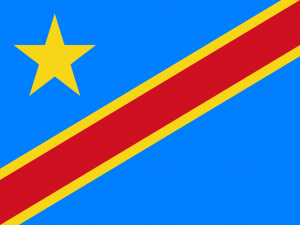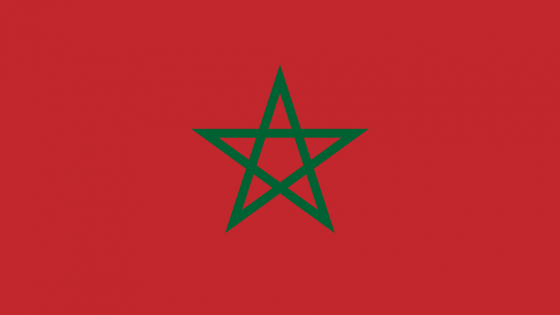
Morocco is a mesmerizing kingdom in North Africa, where ancient cities, majestic mountains, golden deserts, and coastal towns converge in a symphony of color, scent, and sound. Known for its rich cultural heritage, vibrant markets, and stunning landscapes, Morocco offers travelers a blend of tradition and modernity unlike anywhere else in the region.
Morocco is a sensory feast—a place where the call to prayer echoes through ancient cities, spices fill the air in vibrant souks, and landscapes shift from mountains to desert to sea. Whether you’re sipping mint tea in a bustling medina or watching the stars rise over the Sahara, Morocco promises an experience steeped in warmth, history, and wonder. It’s not just a place to visit—it’s a place to feel.

